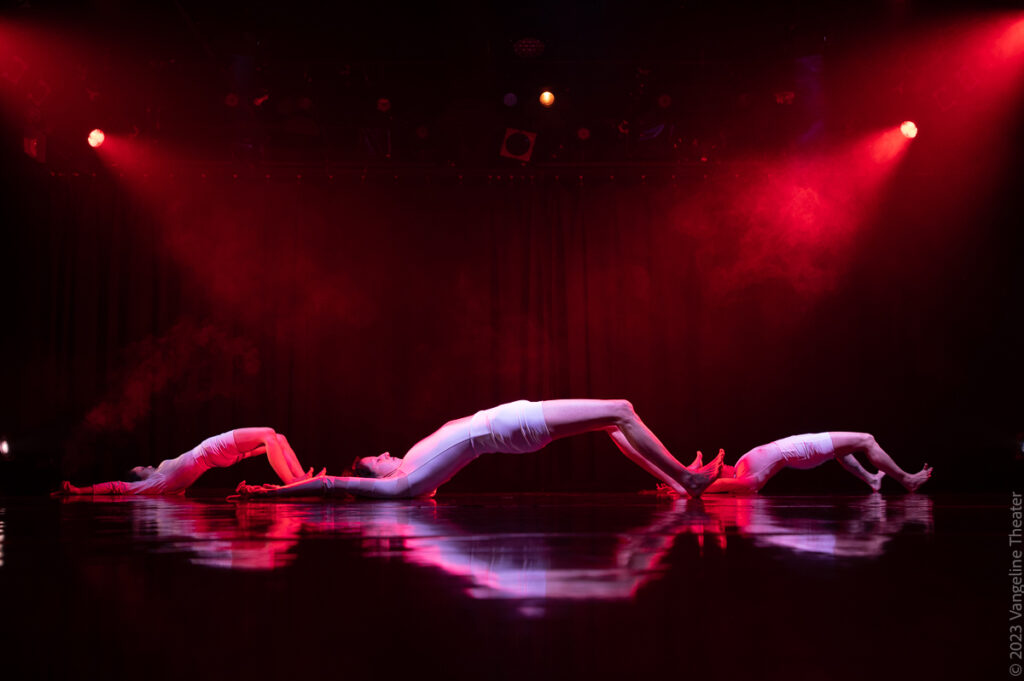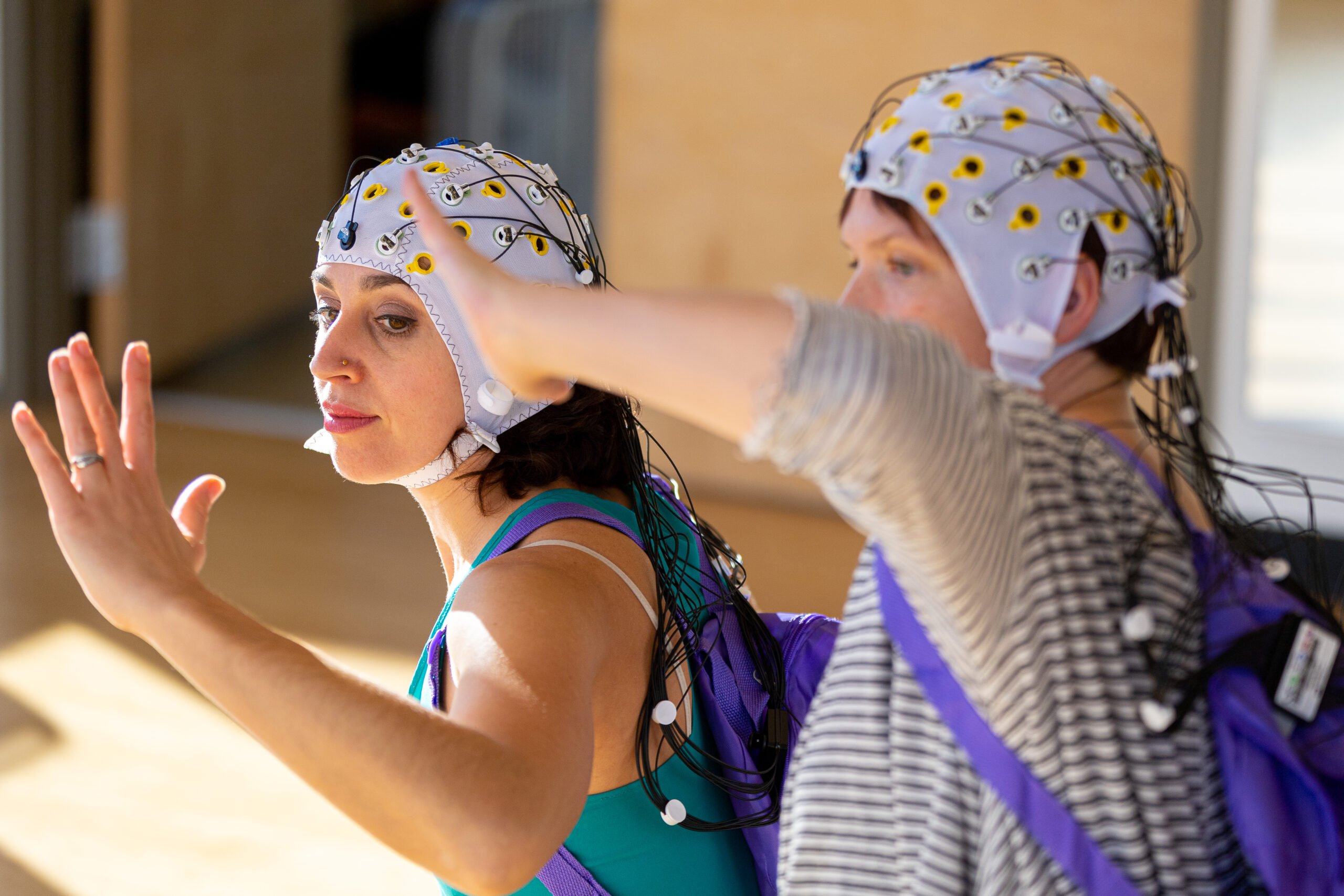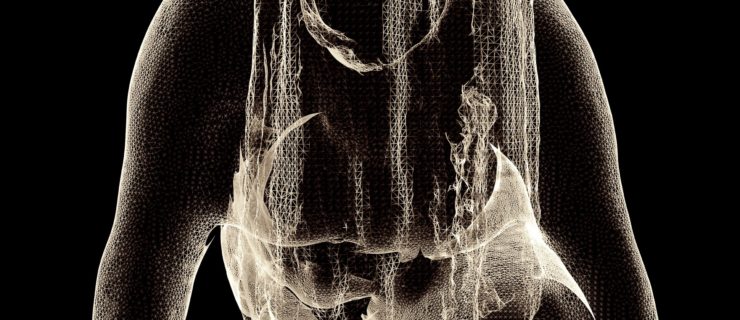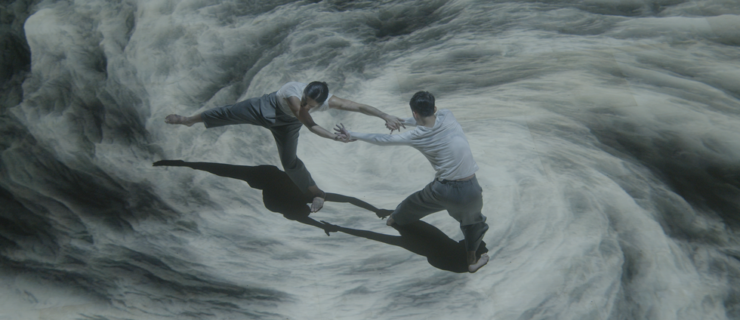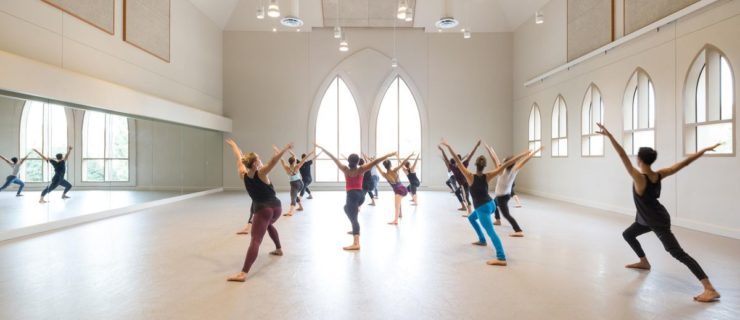What Neuroaesthetics, a New Field of Research, Can Tell Us About What Dance Does to Our Brains and Bodies
The arts are good for you—that’s just science.
Research has shown that just one engagement with art per month is associated with an additional 10 years of life, and that engaging in art for 45 minutes can lower the stress hormone cortisol. The arts can offer an emotional release. They can provide children with life skills like communication, self-reflection, and self-expression, and help those with chronic illnesses find relief and healing.
Susan Magsamen, the founder and executive director of the International Arts + Mind Lab at Johns Hopkins University School of Medicine’s Center for Applied Neuroaesthetics, explores these benefits of the arts and more in her recent book, Your Brain on Art, with co-author Ivy Ross. She’s often asked if she could pick a specific art form to recommend. For Magsamen, it’s actually an easy answer: dance.
“It does it all,” she says. “It brings all of this physiology and psychology and multiple biological systems together simultaneously.”
With its unique brain–body connection, dance is at the very center of neuroaesthetics, or the science of how the arts affect our brains, and therefore our bodies. Early findings of this still-emerging field are confirming what dancers and dance lovers have long known implicitly: that experiencing dance—whether doing it ourselves or watching it—has profound effects on our physical, mental, and emotional well-being.
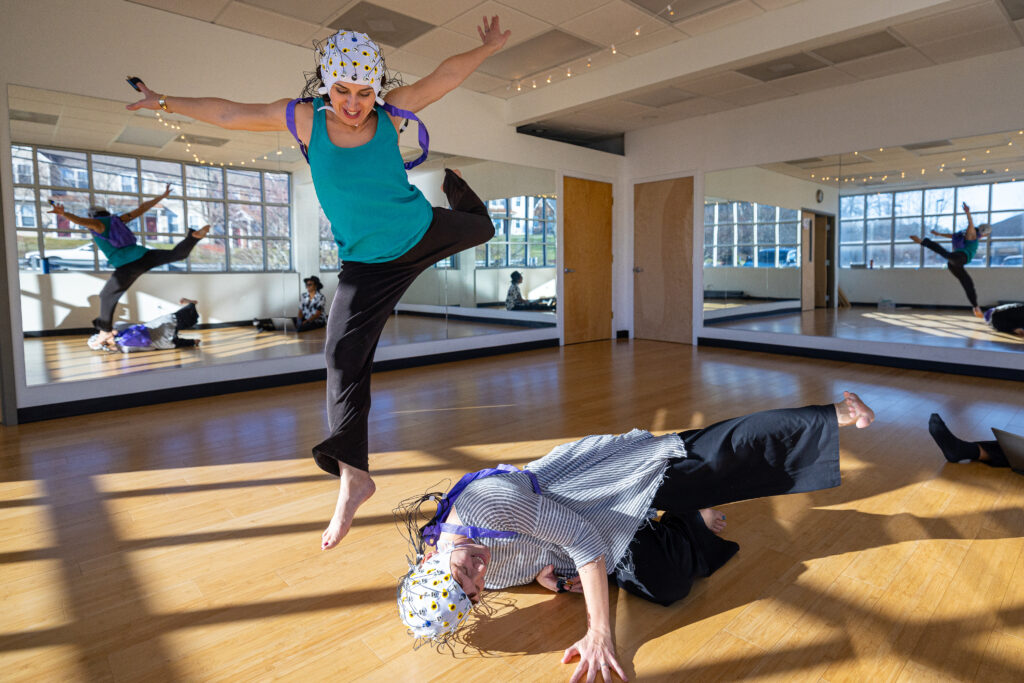
Studying the Dancing Brain
Neuroscientists are fascinated by dance because studying it can unlock mysteries not just about the arts and the brain, but about human movement itself. And yet, dance poses unique challenges for researchers.
For one, monitoring the brain while the body is in motion is complicated. Functional magnetic resonance imaging (fMRI), one of the most popular techniques for mapping brain activity, requires lying in a scanner with the head completely still, says Olivia Foster Vander Elst, who studies the neuroscience of dance as a PhD student at Aarhus University. Some researchers have gotten around this problem by having dancers move only their legs while lying in a scanner, or having them just watch dance or imagine dancing. These results, however, probably don’t capture the full scope of what’s happening in the brain while actually dancing.
But other options for monitoring the dancing brain are emerging. For the past several years, butoh choreographer Vangeline has been partnering with three neuroscientists on The Slowest Wave, a project that uses electroencephalography—in which electrodes placed on the scalp measure electrical activity in the brain—to record five dancers’ brain waves as they perform. “When we go very slow in butoh, we reach a place like when we’re about to fall asleep, when we get a little drowsy,” says Vangeline. “But the difference is that we’re actually moving through that and being quite present.”
Though the first-of-its-kind study came with its own logistical challenges—dancers ended up wearing both electroencephalography caps and customized airline pillows to hold various hardware—it was made more feasible by the extremely slow movements often employed by butoh artists, says Sadye Paez, one of the scientists on the project. And while electroencephalography can monitor brain activity in real time down to the millisecond, it isn’t great with spatial resolution. Constantina Theofanopoulou, another scientist on the project and director of the Neurobiology of Social Communication lab at Rockefeller University, notes that it can only monitor a specific number of spots—in this case 32—where the electrodes are placed.
Another reason it’s hard to confidently say what is happening in the brain when we dance is because so much is happening. Dance isn’t only an artistic pursuit: It’s also usually a form of exercise, often a social experience, and sometimes a cultural one, too. Though this makes it more difficult to figure out how dance is impacting the brain, Corinne Jola, a choreographer and a senior lecturer at Abertay University studying cognitive neuroscience and the performing arts, encourages scientists to see dance’s multiplicity as its strength.
“I think the benefit is from a holistic approach,” she says. “Research often works by dissecting [dance] to be able to pinpoint which factor causes which effect. But maybe we should change the way we approach it.” In other words: Trying to pick dance apart into its many pieces may prevent us from seeing the full scope of what it can do.
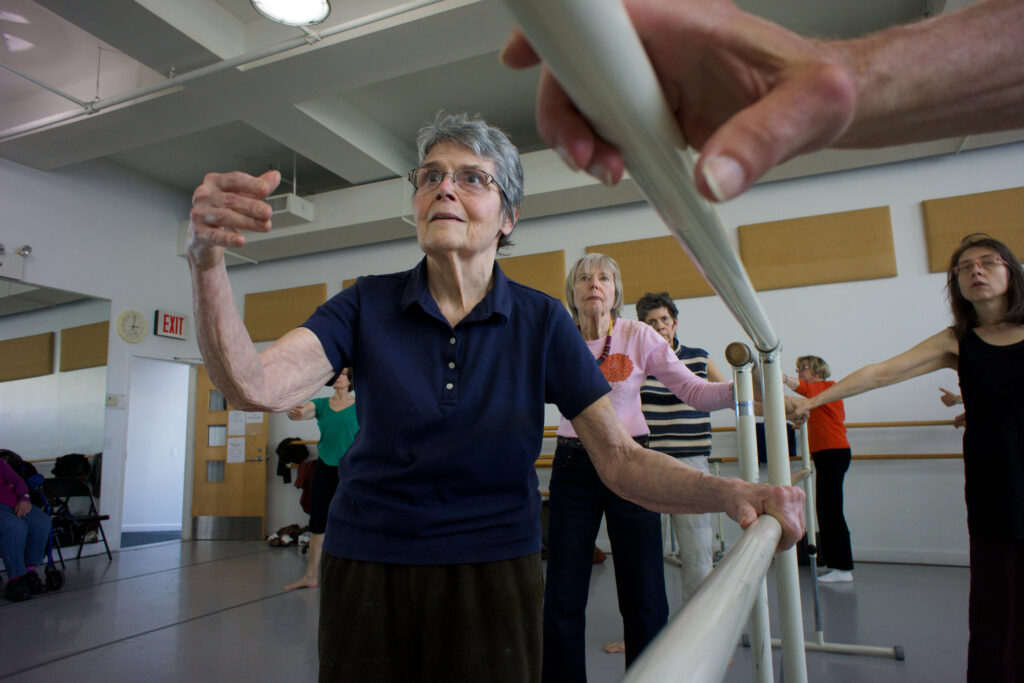
What We Know About Dance and the Brain
There may still be more questions than answers about what goes on in our brains while we dance. But we do know that dance lights up multiple areas of the brain, likely increasing neural activity between brain hemispheres and developing new neural connections as it does so.
Some of the areas of the brain involved in dance are obvious: The motor cortex, basal ganglia, and cerebellum, for instance, which are all involved in coordinating motor activity. But dance and other art forms have also been found to activate the limbic system, which is involved in emotion and memory and is, evolutionarily speaking, located in an older area of the brain. “This has led people to the idea that art is very embedded in our bodies and brain,” says Julia Basso, director of the Embodied Brain Laboratory at Virginia Tech.
Other ways dancing can impact our brains and bodies: It’s been found to help alleviate headaches, build strong spatial cognition, improve mood, release feel-good chemicals like serotonin, dopamine, and oxytocin, and much more. It’s widely, though not universally, believed that dancing increases neuroplasticity in the brain, or the brain’s ability to change and adapt, which is especially important later in life to stave off degeneration. Studies of the popular Dance for PD program, which offers dance classes for people with Parkinson’s disease, have found that dance can improve motor control and balance while reducing tremors and rigidity. Research has also shown benefits for those with brain injuries, cognitive impairment, cerebral palsy, and dementia. Dancing with others can multiply its positive effects, says Magsamen, by helping to build stronger social ties and create a sense of belonging and trust.
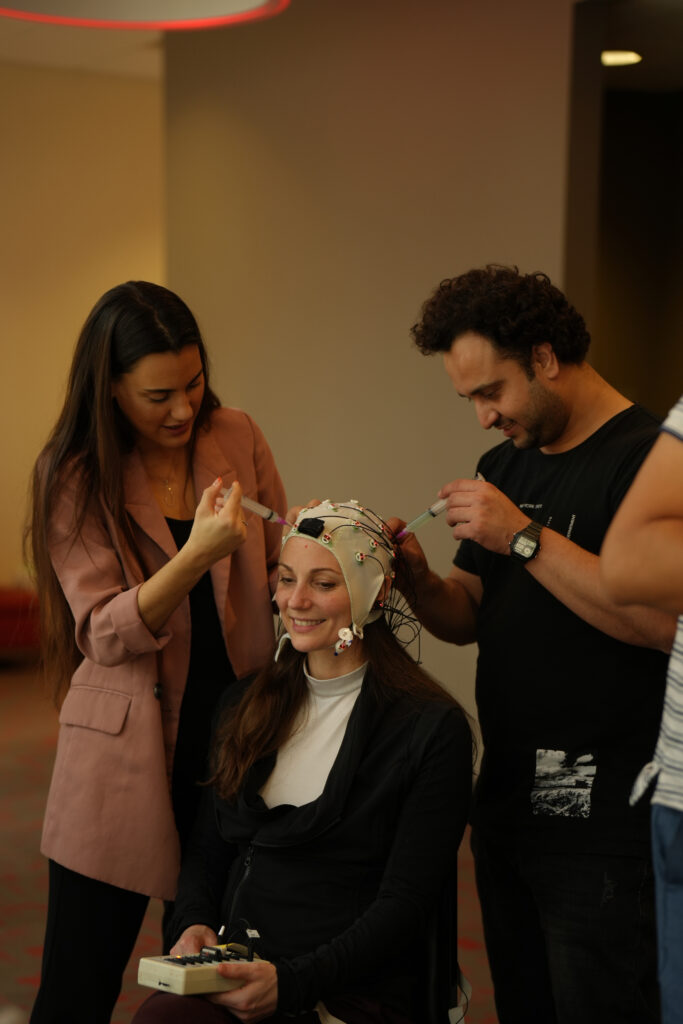
You don’t have to be a “good” or even an experienced dancer to reap the benefits of dance. Still, the brains of proficient dancers show significant differences. Research has shown that brain activity—specifically the engagement of the corticospinal tract, which controls voluntary motor function—while watching dance varies based on how much experience the viewer has with that style, whether that experience comes from dancing that style themselves or just being very familiar with viewing it, says Foster Vander Elst. She says one study of ballet dancers even found that there is more activity in certain regions of the brain when dancers watch movement traditionally performed by their own gender (so movement they regularly do themselves) than there is when they view movement traditionally performed by another gender (so movement they regularly watch). Dancers’ brains have also been found to respond more quickly to certain changes in music than those of nondancers and even musicians.
Beyond Neuroscience
Though we need more research to be able to speak definitively about what dancing does to the brain, Jola says that we shouldn’t have to rely on knowing how these benefits occur when we know for sure that they exist. “You don’t necessarily need to know what happens in the brain if we have other sources of evidence that dance is good for us,” she says. “It’s good to understand the brain to explain mechanisms of improvement for people with Parkinson’s or mental health issues. But if we know other evidence of people’s improvement, we don’t need to have evidence in the brain to be sure that it helps.”
Joseph DeSouza, a professor of neuroscience at York University, agrees. Many people “feel that dance helps,” he says. “They don’t need a neuroscientist like me to tell them that they should do it.”
